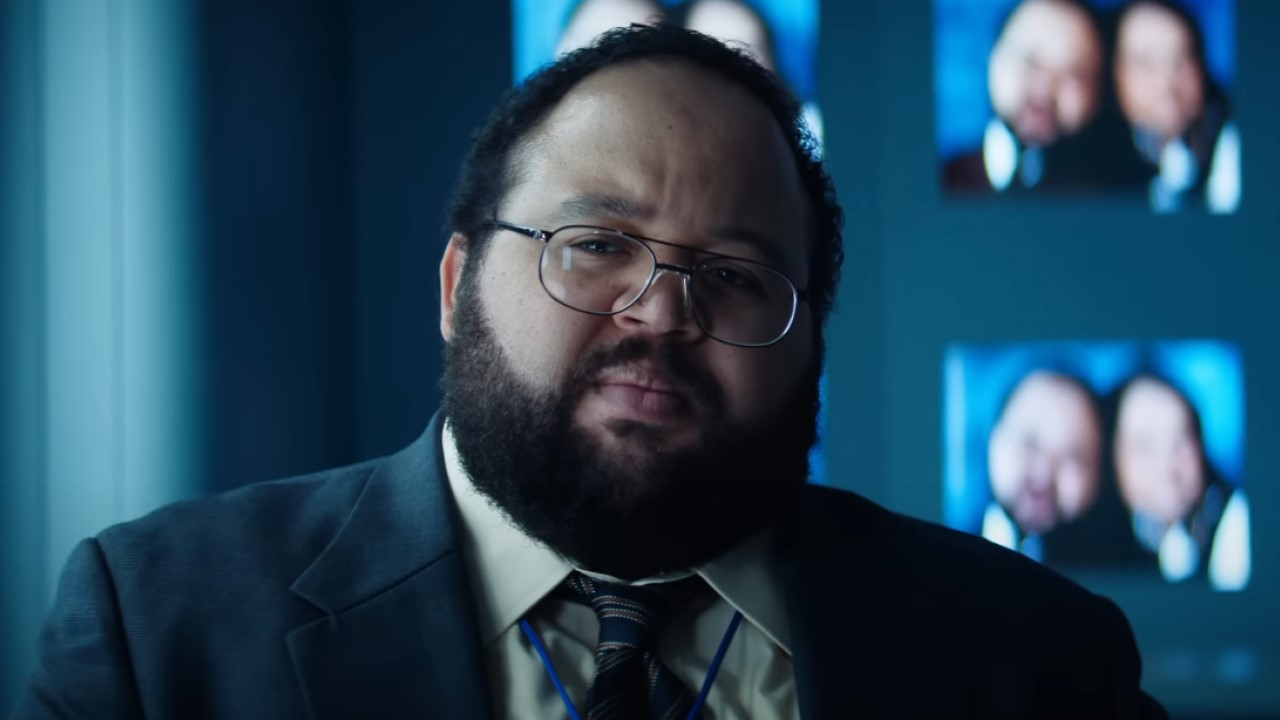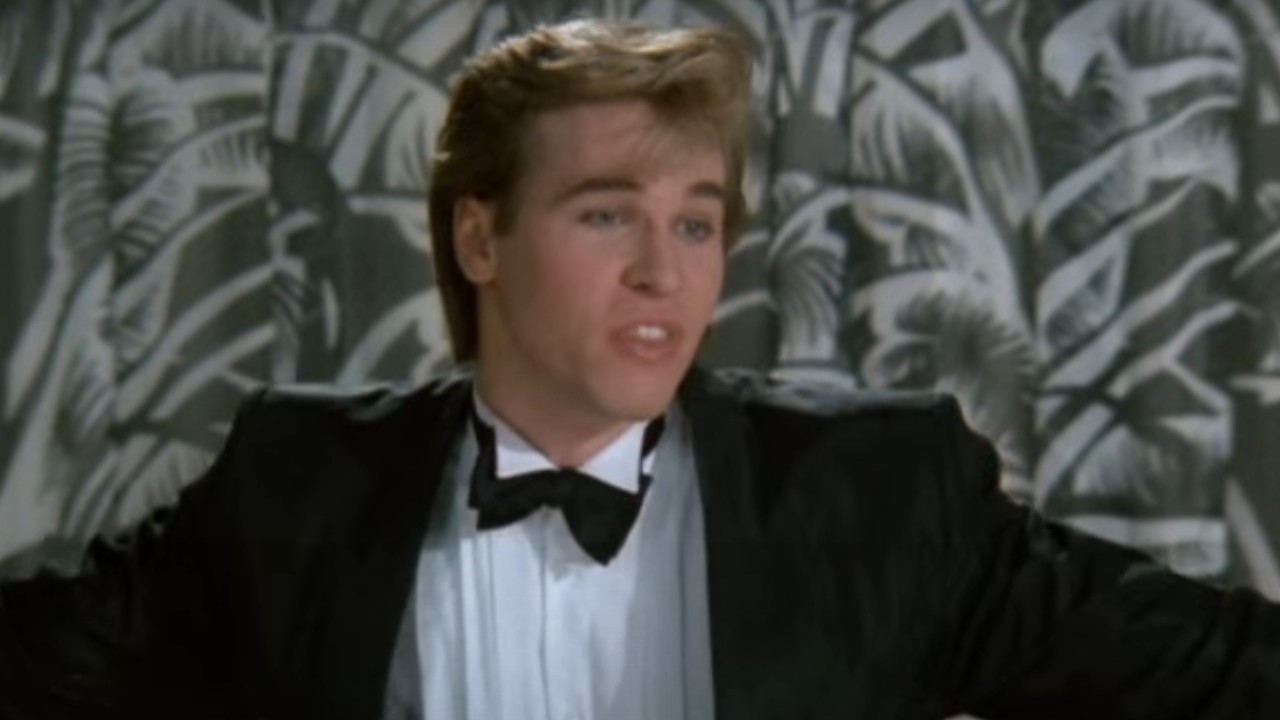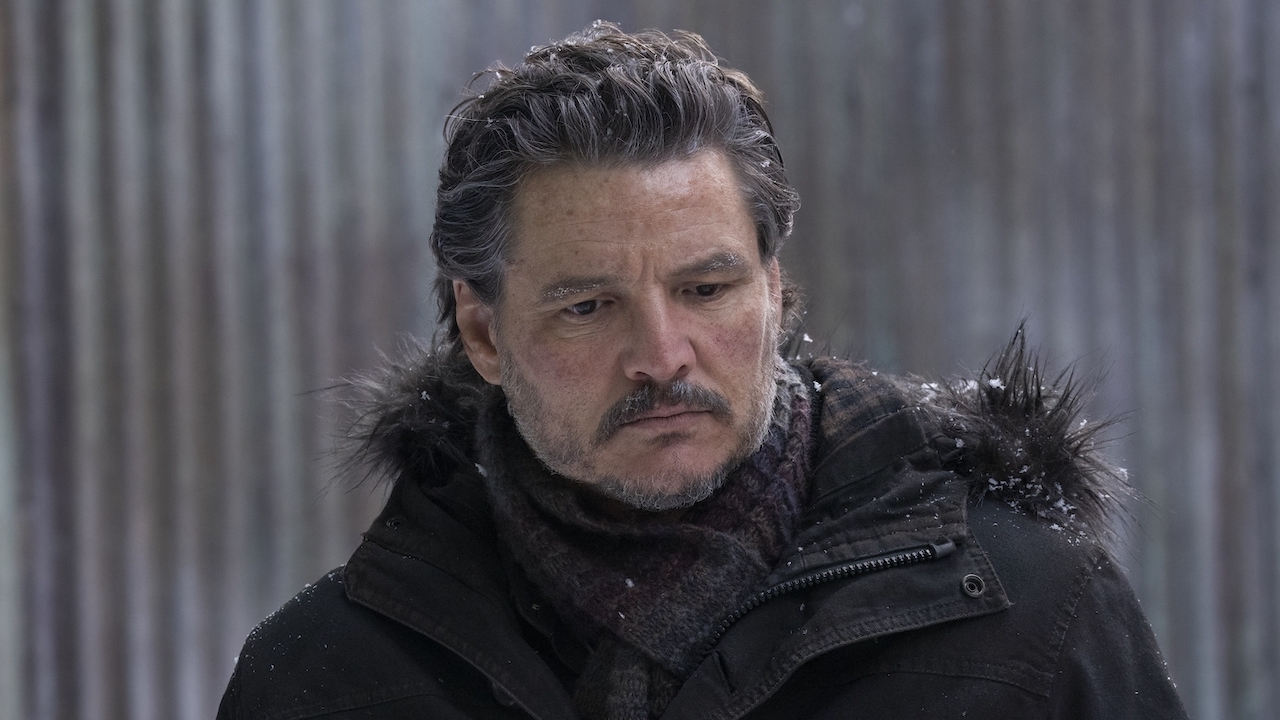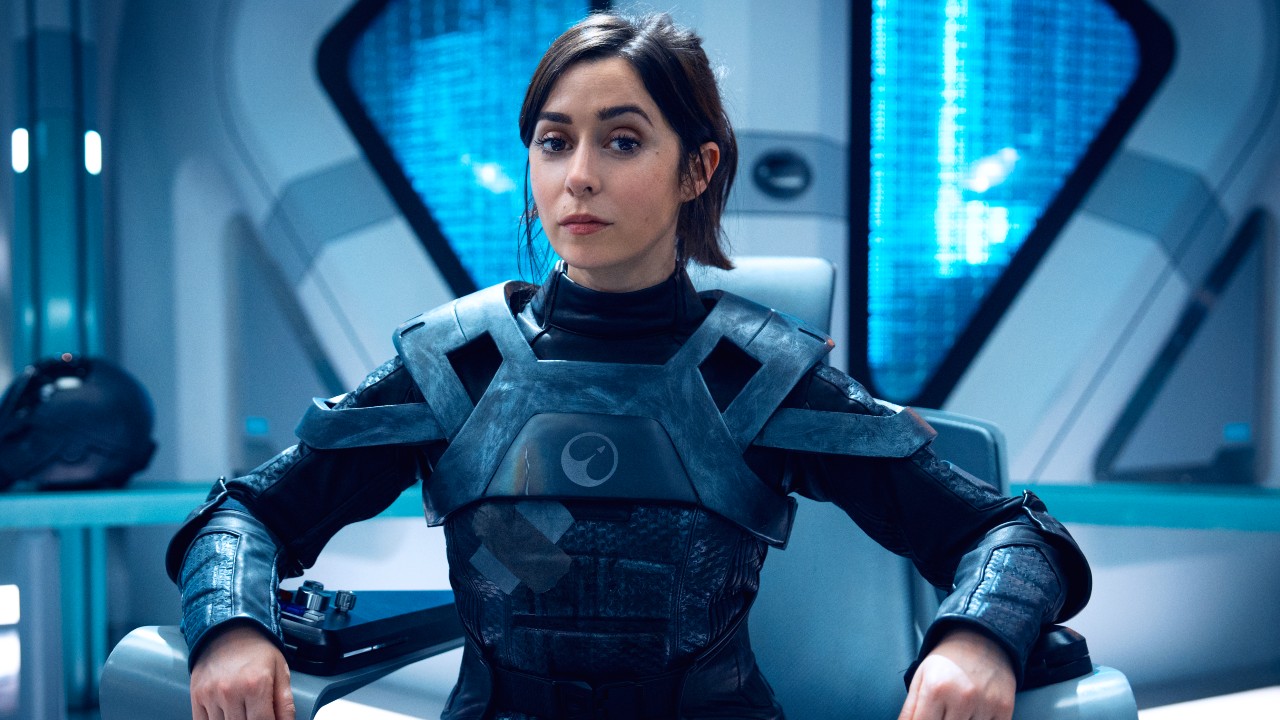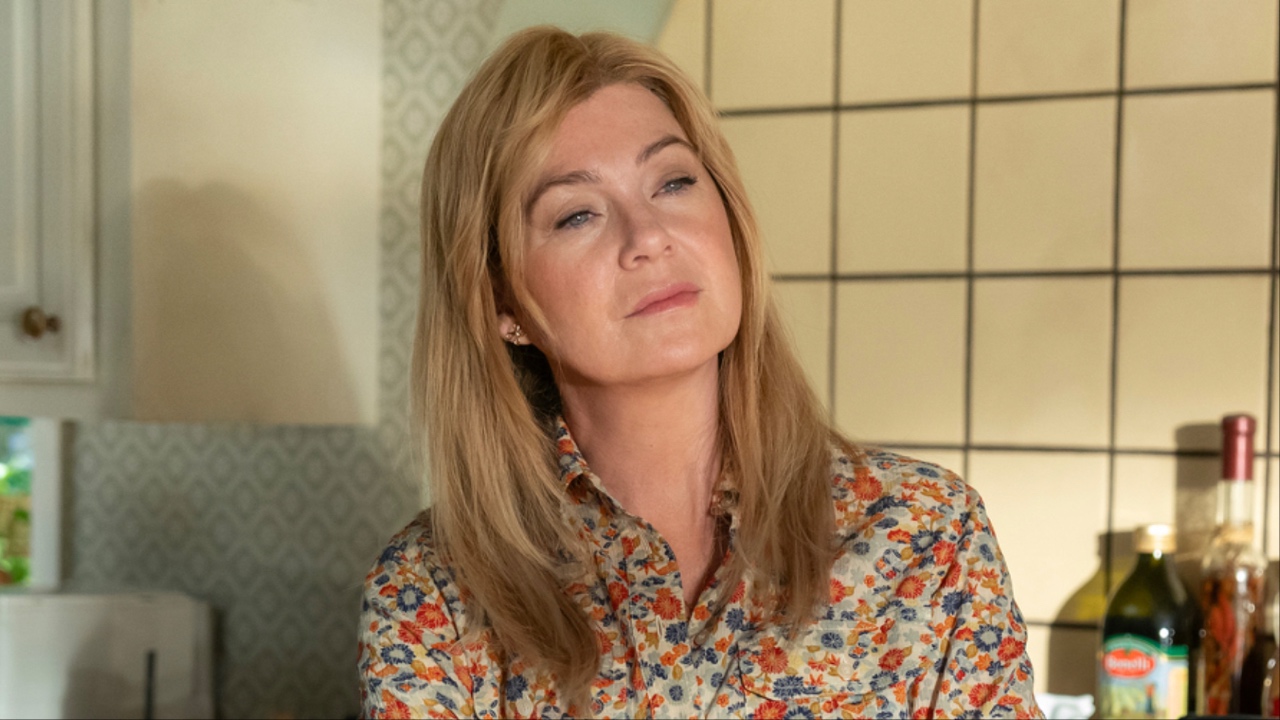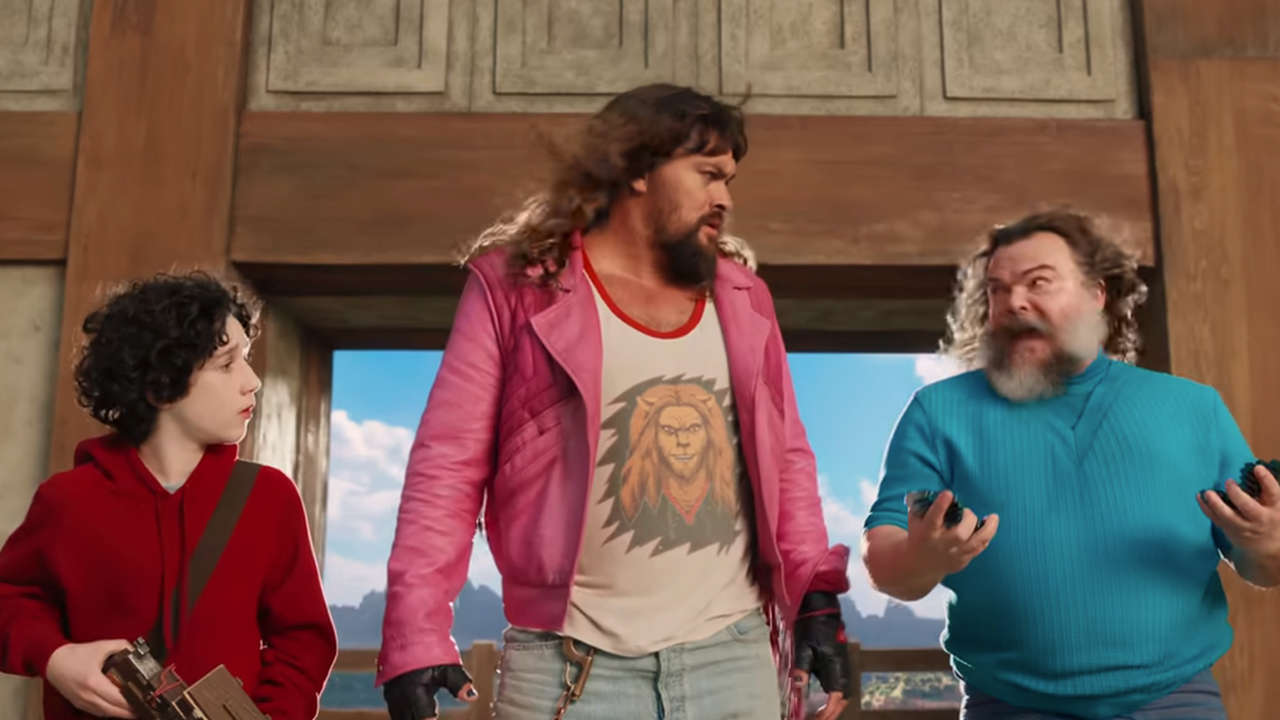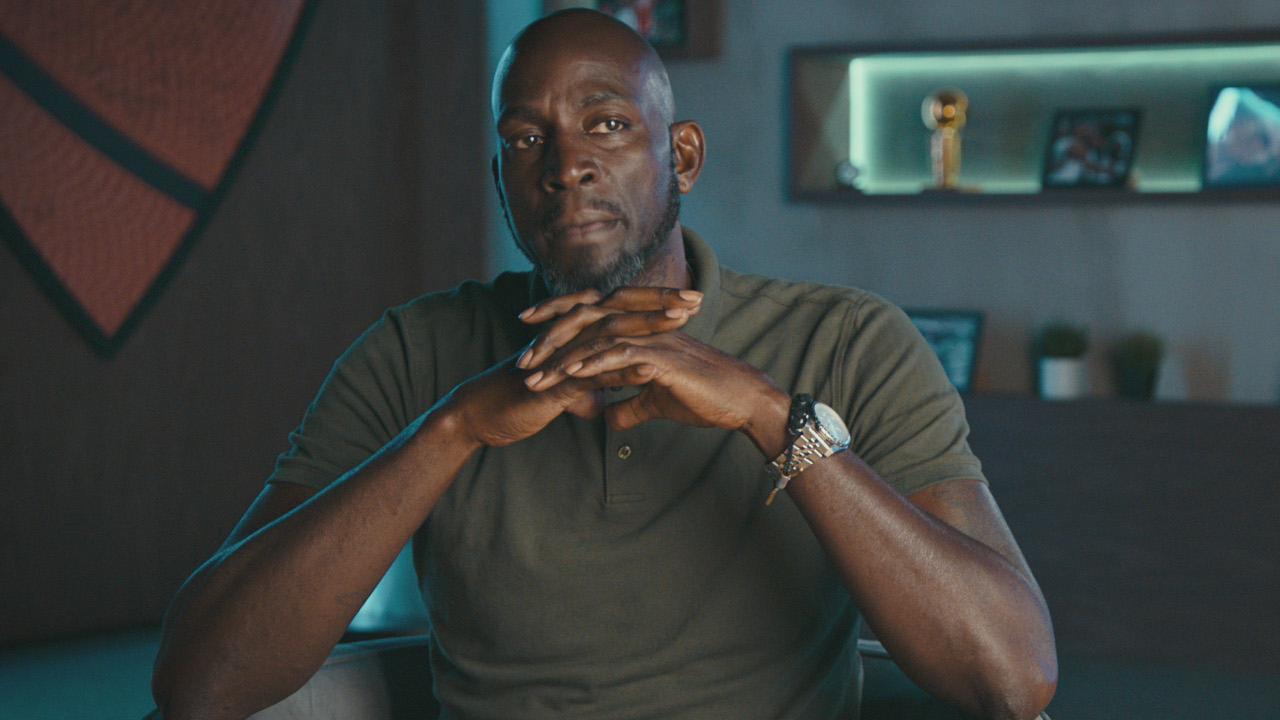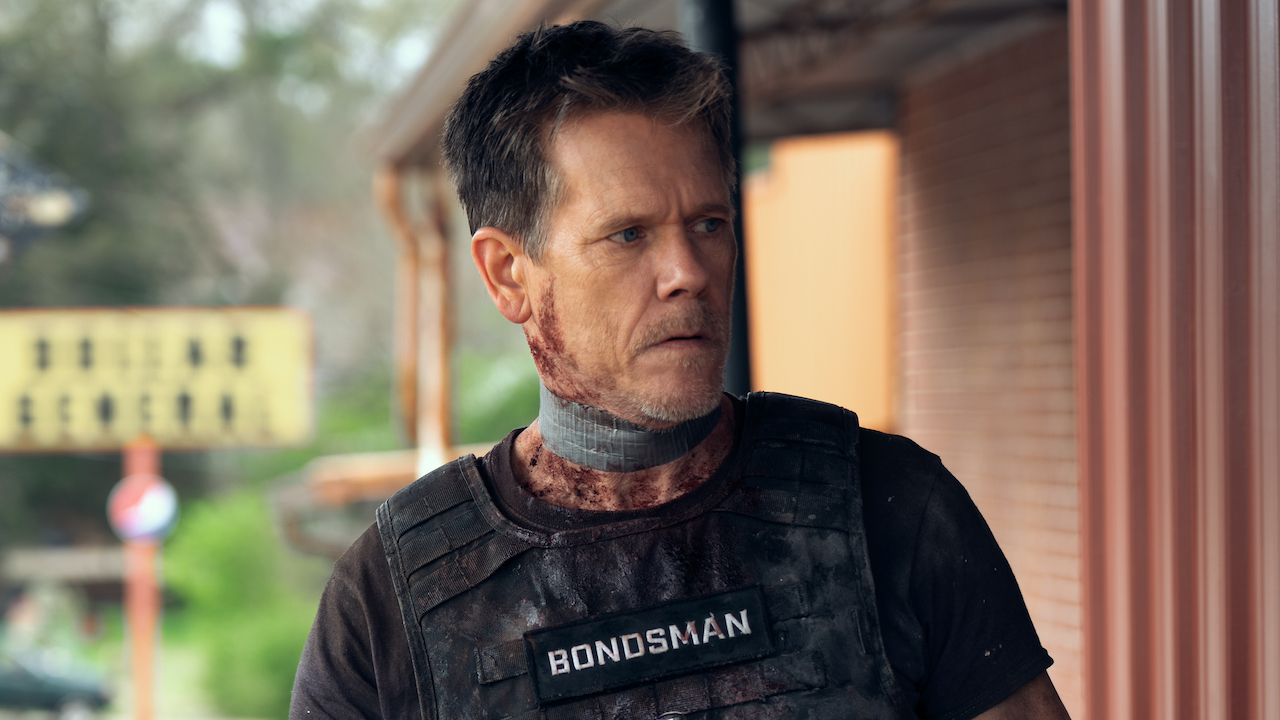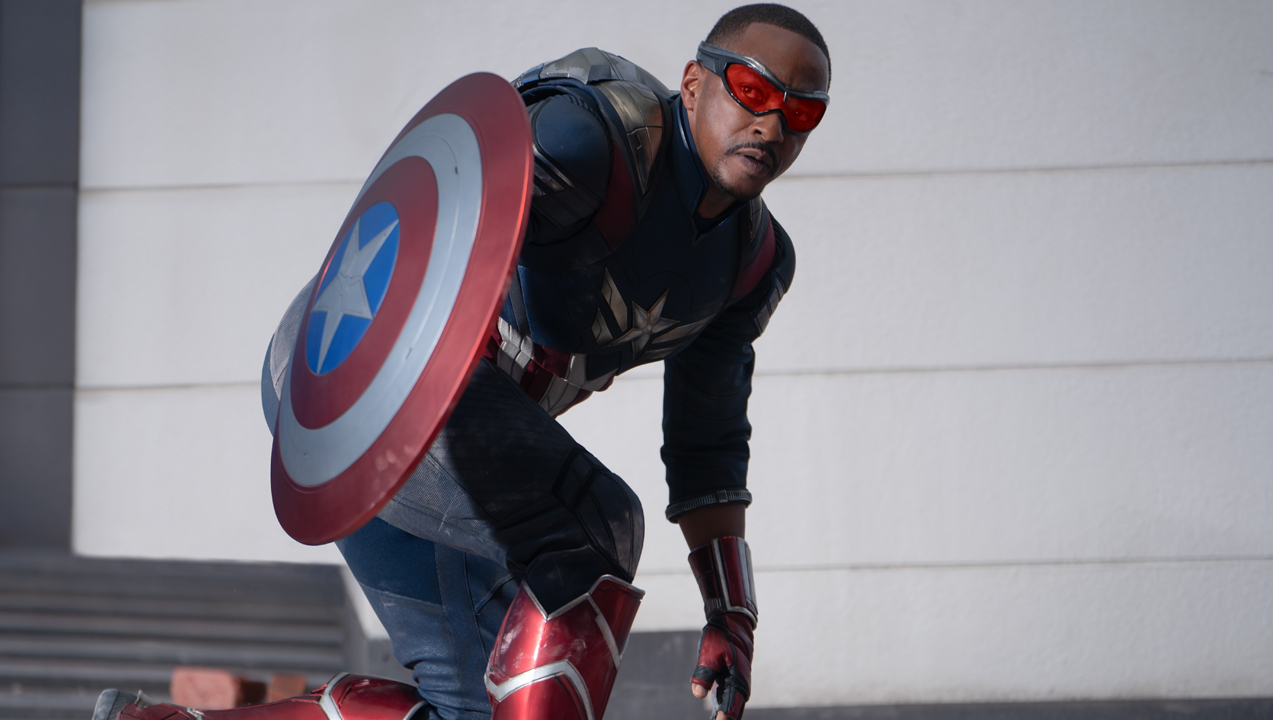Scream's History And Legacy: Time Has Done Great Favors To 2011's Scream 4
Wes Craven's final Scream movie is fantastic.
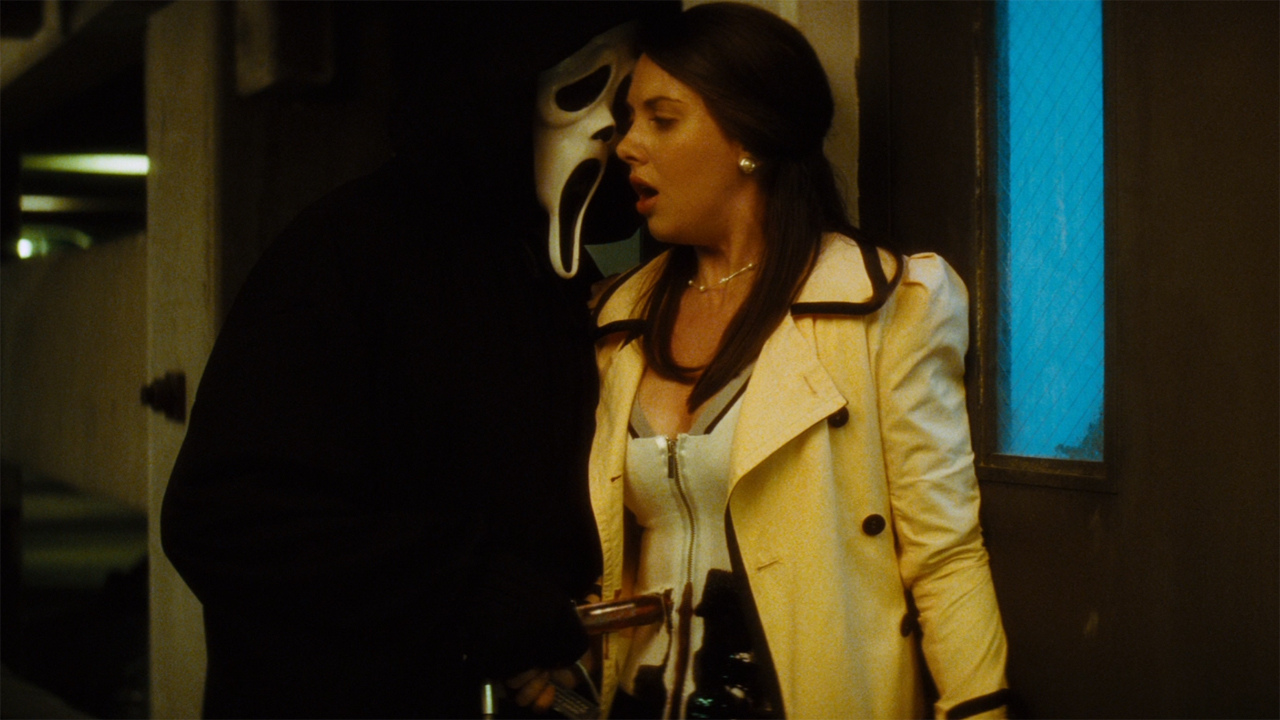
The original Scream trilogy successfully inspired a brand new wave of slasher films at the tail end of the 20th century, but things slowed down quickly in the aftermath of Scream 3, and the franchise went into hibernation for nearly a full decade. The horror genre, of course, continued to evolve without its presence… but while doing so, it incidentally inspired fresh commentary that got screenwriter Kevin Williamson’s creative gears spinning again, and the result was The Weinstein Company giving the green light to Scream 4.
According to Williamson, there wasn’t any kind of ramp-up or request for development of the sequel; he was simply struck one day with an idea that excited him. Speaking with Entertainment Weekly in 2011, the filmmaker explained,
One day I’m just sitting around and I go, ‘Oh wait – I think – oh my God, I think I have it.’ And then I started thinking about Scream 4. And I kinda worked it all out and what the story was and who generates the plot. I had written this treatment for Scream 3 that was not what they filmed... So then I always wanted to go back to Woodsboro. Once I figured out where Sidney was today, who dies and who doesn’t, I said, ‘Okay maybe now I can have a conversation with Bob [Weinstein].’ I called him up and I pitched him. Of course, he just heard ‘Scream 4.’ Literally, after I pitched the first scene, I think he just stopped listening and was just like, ‘Write it, write it, write it.’
In an ideal world, Kevin Williamson would have been given all the time in the world to develop his script for Scream 4 and create a fully-formed vision much like his screenplay for the original Scream – but Hollywood is far from an ideal world. Instead, the studio’s urgency to get the film into production created conflict, and circumstances emerged that was very familiar to those who know the behind-the-scenes stories of Scream 2 and Scream 3: Williamson knew what he wanted to do with the sequel, but at the time he was being pulled in multiple directions that prevented him from fully committing himself to the project.
In the midst of principal photography on Scream 4, the screenwriter was working on a television series, The Vampire Diaries, and that job ended up creating a clash between him and producer Bob Weinstein. Prior to the 2011 film’s release, Williamson told EW,
The one thing that Bob and I connect on very basically, why we’ve worked successfully together for 16 years, is we’re passionate. And no one is more passionate than Bob Weinstein…. Yes, we got into the fight, but then the big clincher came: Contractually, I had signed on to do The Vampire Diaries. You know, the little thing called first and second position? I was in first position to do Vampire Diaries and second position to do Scream 4. So guess what? It was a contractual thing.
Much to the concern of fans, Scream 3 writer Ehren Kruger was hired by the production to do additional work on the script, and additional issues cropped up during filming as stars Lake Bell and Lauren Graham exited the movie due to what were reported to be scheduling conflicts and script changes. Despite the important presences of series veterans Wes Craven, Neve Campbell, Courteney Cox, and David Arquette, concern was abound.
The attempt to fully rejuvenate the franchise didn’t work, as Scream 4 performed far below expectations for a series that had previously been a box office juggernaut. But its story has been rewritten over time, with fans now fully embracing the movie and seeing it as a key part of Scream’s History And Legacy.
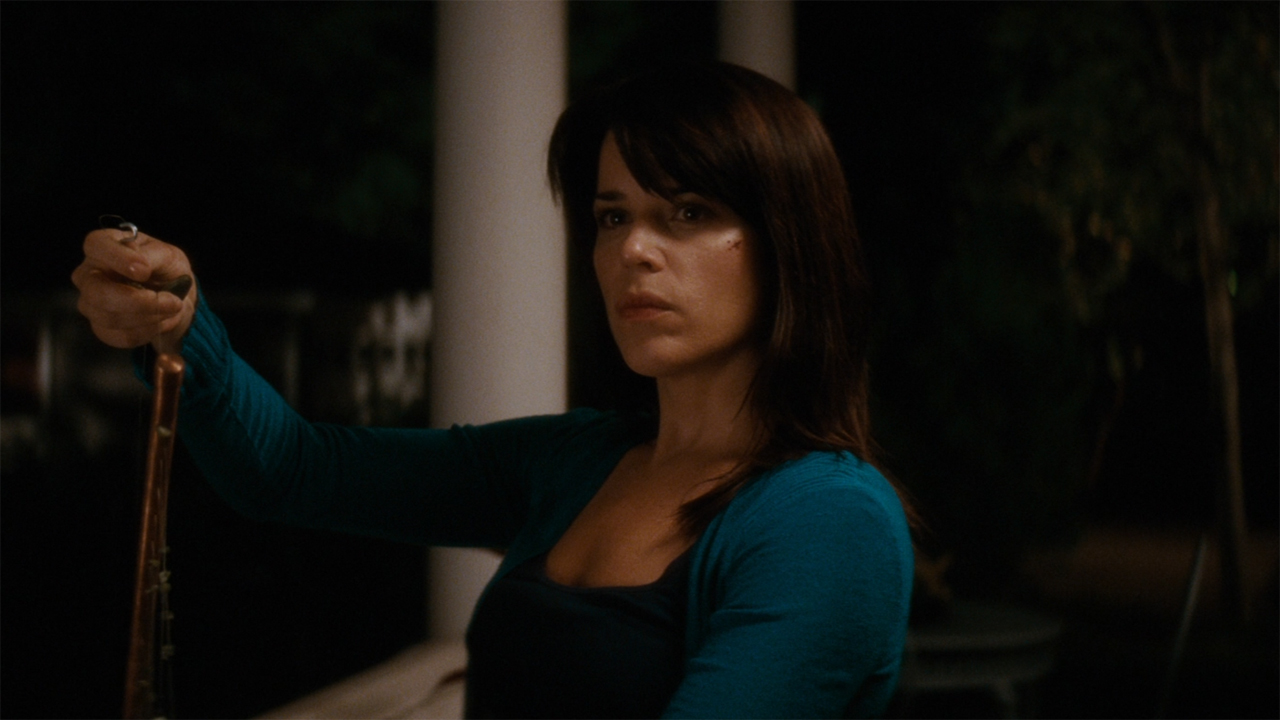
Why Scream 4 Is The Second Best Movie The Scream Franchise
I liked Scream 4 when it first came out. Twelve years later, I now love Scream 4.
CINEMABLEND NEWSLETTER
Your Daily Blend of Entertainment News
What makes the movie superior to every other sequel in the franchise is the way in which it manages to not only make important, out-loud observations about the state of horror at the time, but layer them into the narrative as well. Scream 4 directly points to a key lacking in originality that existed in the genre through the aughts, playing with the different tropes of remakes, and those elements brilliantly create expectations that are then inversed by the amazing twists in the third act.
Through the majority of its runtime, the film operates like it is trying to be a reboot for a new generation. While the key legacy characters return, you get the sense that the story is working to establish a new start for Scream, albeit in the same canon. Jill Roberts (Emma Roberts) seems to be lined up as the new Sidney Prescott; Charlie Walker (Rory Culkin) appears to be the new Randy Meeks; Trevor Sheldon (Nico Tortorella) has the vibe of a new Billy Loomis; Kirby Reed (Hayden Panettiere) has the energy of a new Tatum Riley; and Judy Hicks (Marley Shelton) registers as the new Deputy Dewey. Even as the structure of the original is given a shuffle, with the Stab-a-Thon party in the second act instead of being the grand finale, the movie still seems to be holding up a mirror… but then everything blows up in the best way possible as all of the young characters gather together for the after party at Kirby’s house.
The twist that the Sidney and Randy analogues are the killers behind the Ghostface mask is my favorite in the Scream franchise to date – both because you never see it coming and because of how beautifully it works on a meta level. As things turn out, Jill doesn’t just seem like she’s being set up to be the new Sidney; it’s actually the motive behind the murder spree that she orchestrates. The script is perfectly tuned into our celebrity-obsessed culture, and it adds an amazing level of surprise verisimilitude to the character’s behavior.
Prior to 2022, my biggest gripes with Scream 4 were that A) all of the legacy characters survive, and B) that it didn’t go for the ultra-dark ending where Jill is victorious in her scheme. I would still have those complaints if the movie continued to exist as the final film in the franchise, but everything is now different thanks to Matt Bettinelli-Olpin and Tyler Gillett’s Scream. Now fans can appreciate the doors that the 2011 sequel keeps open instead of wondering why they weren’t closed and love it as the stellar middle chapter for the franchise that it is. To paraphrase Sidney, it doesn’t fuck with the original, and instead builds on its legacy in fascinating fashion – arguably better than any other chapter in the series so far.
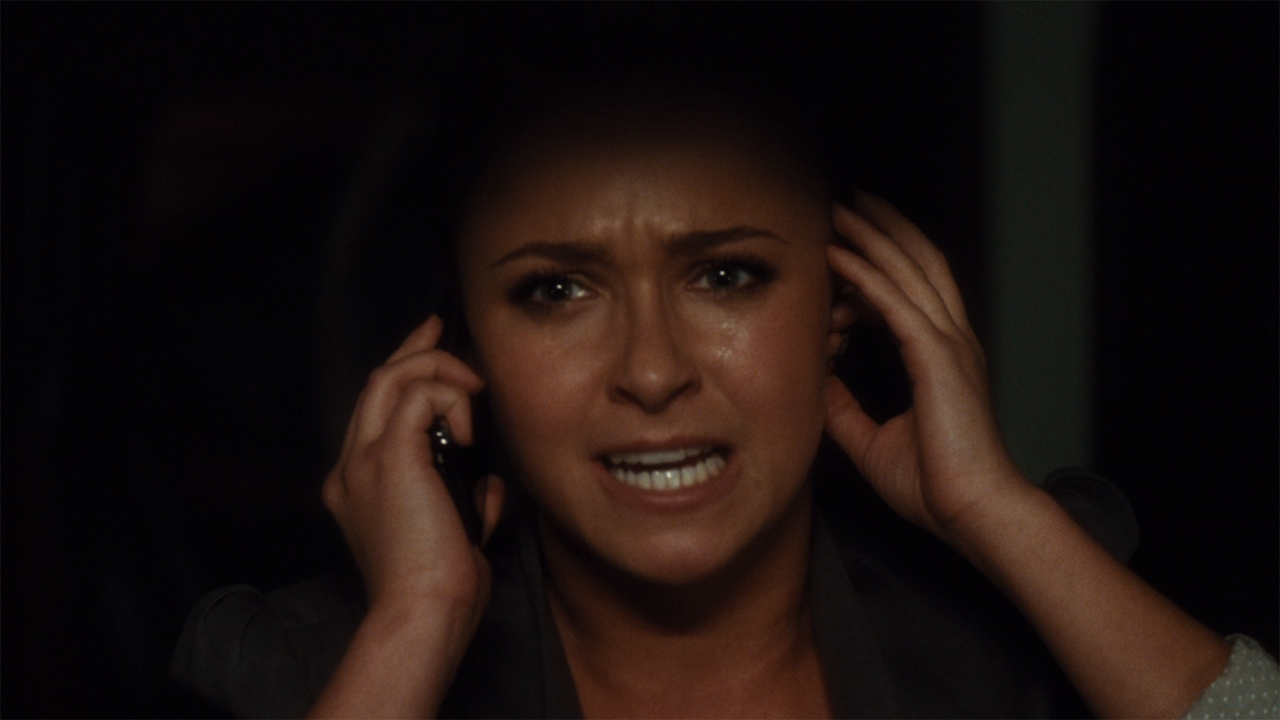
How Scream 4 Fits Into The History Of Horror
Where Scream 4 fits into the history of horror can really be fully summed up in this amazing exchange from the film:
Ghostface: Alright, Kirby, then it's time for your last-chance question. Name the remake of the groundbreaking horror movie in which the villain...
Kirby Reed: Halloween! Texas Chainsaw! Dawn of the Dead! The Hills Have Eyes! Amityville Horror! Last House on the Left! Friday the 13th! A Nightmare On Elm Street! My Bloody Valentine! When A Stranger Calls! Prom Night! Black Christmas! House of Wax! The Fog! Piranha! It's one of those, right? Right!?
That’s 15 studio-produced remakes that all came out in the decade between the release of Scream 3 and the production of Scream 4. While they aren’t all bad movies, the trend in horror of the era was not about creating fresh ideas, but cashing in on the familiarity of classics. Kevin Williamson recognized this trend, and found a way to manipulate it to advance the franchise he created with his work on the third sequel. In its DNA, the 2011 movie is part sequel, but it’s melded with meta commentary that transforms it into something new.
Of course, Hollywood wasn’t solely producing remakes; that trend was paired with a couple others: so-called “Torture Porn,” executed by franchises such as Saw and Hostel, and found footage, which was popularized by the blockbuster success of Paranormal Activity. The former, while referenced in Scream 4, wasn’t much of an influence on the Wes Craven film, but the movie did find a way to incorporate the latter… albeit not to extreme degrees.
The idea of Ghostface recording and live-streaming their murders is an idea that seems to come straight out of that particular filmmaking school – with Jill and Charlie inviting an audience into their terror campaign with a first person perspective. Had Scream 5 been made immediately in the aftermath of Scream 4, it feels like the in-world Stab 8 could have potentially been made with the found footage aesthetic, but the fad didn’t remain relevant enough going into the 2020s to be a part of Matt Bettinelli-Olpin and Tyler Gillett’s movie (2022’s Scream ultimately found its own special way to incorporate Stab 8 into its narrative with commentary about toxic fanhood).
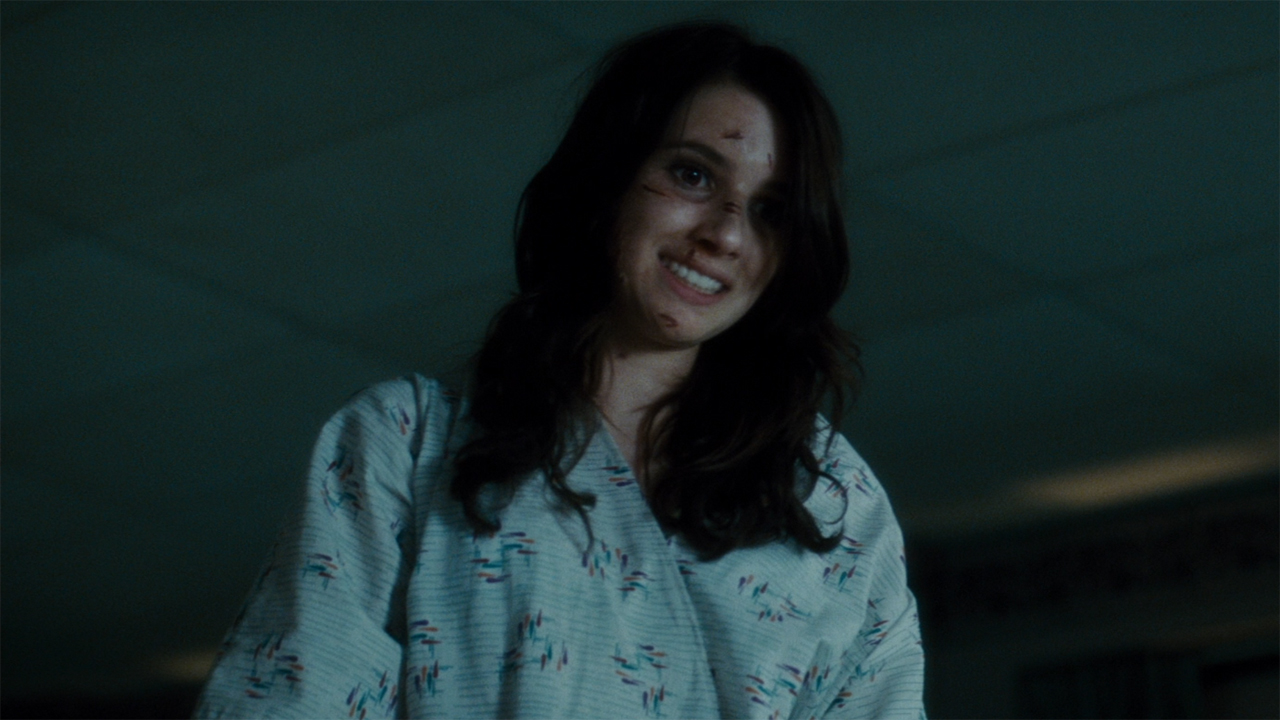
How Scream 4 Sets Up Its Franchise’s Future
Despite its hinted inclinations, Scream 4 doesn’t actually reboot the Scream franchise and establish a brand new cast of characters to follow for the future, but that doesn’t mean that it is wholly lacking in big picture contributions. The film has certainly been embraced in the post-Wes Craven era as a key part of the canon, and two of the survivors have lived on in sequels: Judy Hicks and Kirby Reed.
In Scream 4, the Marley Shelton character initially seems like a prime Ghostface suspect given her high school history with Sidney Prescott, her crush on Dewey Riley, and her antagonistic relationship with Gale Weathers, but she instead proves to be a competent officer of the law by the end of the film – not only saving Gale from getting shot by Jill, but saving herself by wearing a bulletproof vest. A decade later, her competence earns her the job of becoming the new sheriff of Woodsboro… though that’s a story that concludes with tragedy.
At present, what’s going on with Kirby is a bit more up in the air, but she definitely is a holdover in the series following her ambiguous final scene in Scream 4 where she is stabbed by Charlie Walker but not actually shown dying. Per the commentary track for the movie, the death of the horror-loving best friend of Jill Roberts was specifically not confirmed so that she could potentially appear in future sequels, and now that potential is being realized. An Easter egg in 2022’s Scream specifically notes that Kirby is still alive (featured in a YouTube video titled “Interview With Woodsboro Survivor Kirby Reed”), and fans will see Hayden Panettiere back in Scream VI – though we don’t yet know what the full extent of her role will be.
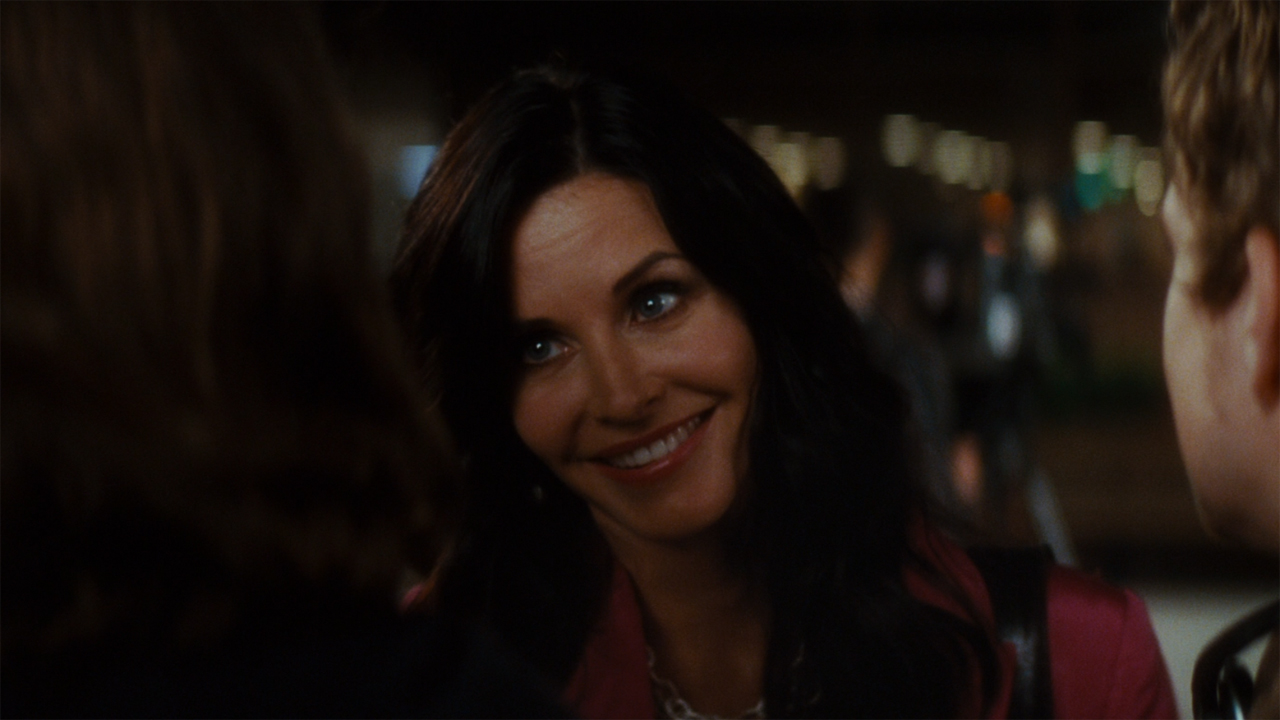
Is Scream 4 A Good Horror Movie In General?
This should go without saying: if it’s a great Scream movie, it’s a great horror movie.
Like all of the best examples of the genre, Scream 4 is built on the two pillars of excellent character development and seriously scary thrills. In addition to making us continue to care about all of the great legacy protagonists, the new batch of protagonists and antagonists are charismatic, smart, funny, and engaging, and they drive the mystery of who is behind the mask – which is full of red herrings, false leads, and clever twists.
Appreciating these characters means caring when they are being stalked and killed, and Wes Craven, with his final film, delivers bloody goodness, with the top highlights being the slaughter of Olivia Morris (Marielle Jaffe), the slayings of Deputy Hoss (Adam Brody) and Deputy Perkins (Anthony Anderson), and the horrifying fall of Rebecca Walters (Alison Brie).
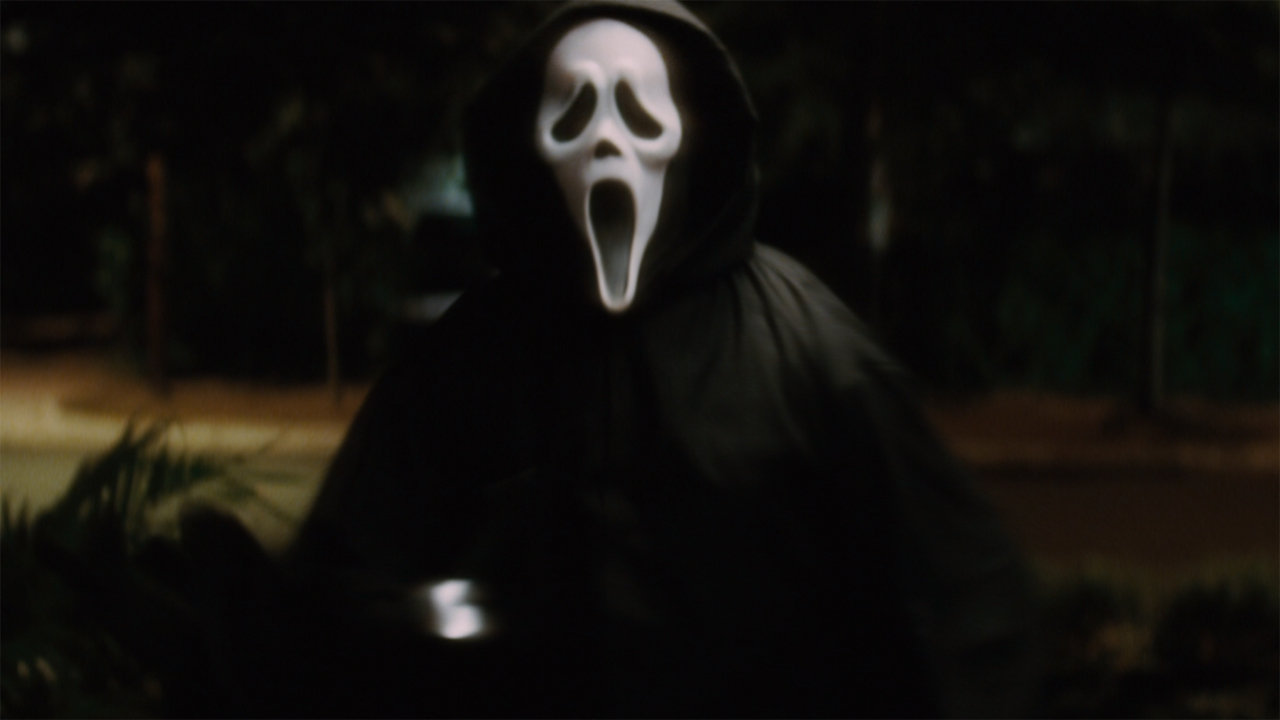
How To Watch Scream 4
When it comes to streaming Scream 4, the film is kind of an odd duck. All of the other movies in the franchise – including Scream, Scream 2, Scream 3, and 2022’s Scream – are available to watch with a Paramount+ subscription, but watching the 2011 installment of the series via subscription service requires signing up for Netflix. That being said, there are other screening options as well. The excellent sequel can be digitally rented/purchased from all major online outlets, including Amazing Prime, Google Play, Apple, and Vudu, and physical media collectors can pick up a copy of it on Blu-ray.
As we continue to get closer and closer to the theatrical debut of Scream VI on March 10, next week’s column will be changing things up a bit. I’ll be doing a deep dive into the three seasons of Scream: The TV Series, which aired on MTV when the big screen franchise appeared to be dead. Look out for the feature next Thursday in the CinemaBlend Television section.

Eric Eisenberg is the Assistant Managing Editor at CinemaBlend. After graduating Boston University and earning a bachelor’s degree in journalism, he took a part-time job as a staff writer for CinemaBlend, and after six months was offered the opportunity to move to Los Angeles and take on a newly created West Coast Editor position. Over a decade later, he's continuing to advance his interests and expertise. In addition to conducting filmmaker interviews and contributing to the news and feature content of the site, Eric also oversees the Movie Reviews section, writes the the weekend box office report (published Sundays), and is the site's resident Stephen King expert. He has two King-related columns.
